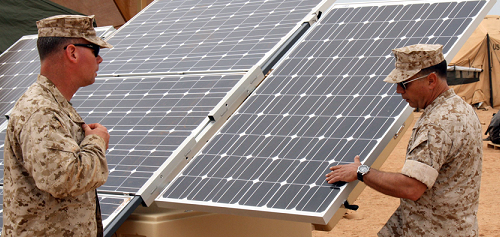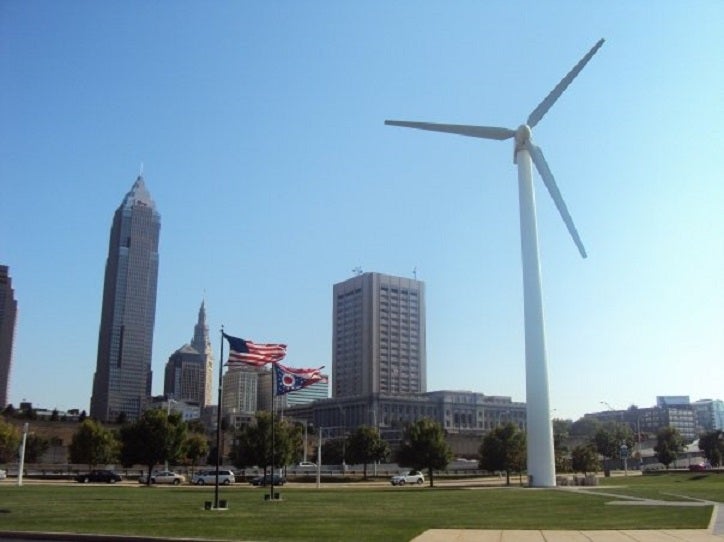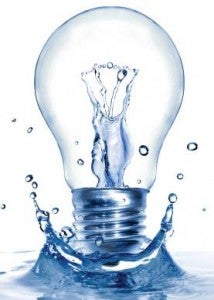By: John Gruss, Vice President and General Manager of Enerliance
 According to the recently released National Climate Assessment, 2012 was the hottest year on record for the continental United States, and experts predict that temperatures are only going to rise. Couple this with an energy grid that is already under severe strain, and there can be no denying we’ve got a serious problem on our hands.
According to the recently released National Climate Assessment, 2012 was the hottest year on record for the continental United States, and experts predict that temperatures are only going to rise. Couple this with an energy grid that is already under severe strain, and there can be no denying we’ve got a serious problem on our hands.
Every year an overstressed electric grid faces increasing challenges to cool and operate homes and buildings. As we approach summer, with heat waves that are growing longer in duration, this crisis could result in energy shortages and blackouts that are not merely a matter of disrupted comfort and lost productivity but are a serious threat to national security and human health. Read More














